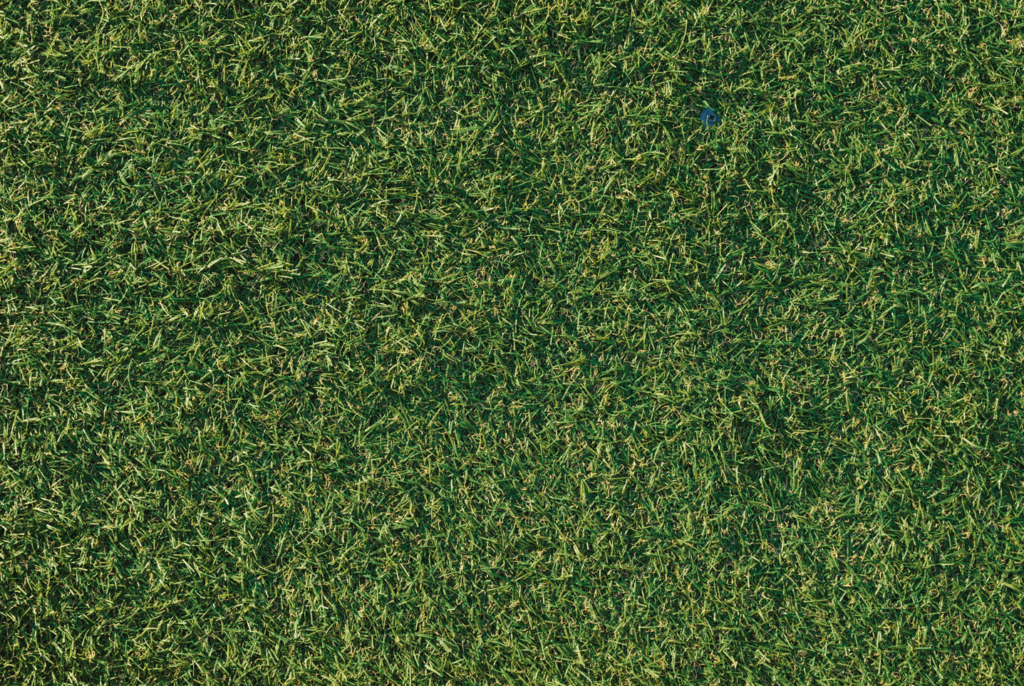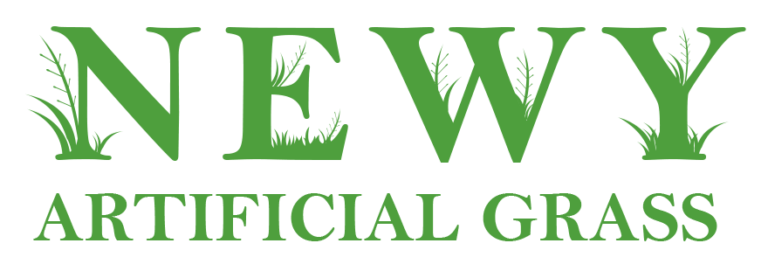As climate change continues to impact Australia, it’s crucial to consider the unique challenges of landscaping in high-heat or bushfire-prone areas such as Newcastle, Hunter Valley, and Central Coast. In this article, we will explore the considerations for installing artificial grass in these areas and how Newy Artificial Grass, a leading supplier and installer of artificial grass, can help you make the right decision for your property.
Fire Resistance
Artificial grass is made from synthetic materials, which can be a concern in bushfire-prone areas. However, many high-quality artificial grass products are designed to be fire-resistant, meeting strict Australian standards. When choosing artificial grass, ensure that it has been tested and certified for fire resistance to minimise the risk of fire spreading through your property.
Heat Resistance
High-quality artificial grass is designed to withstand extreme temperatures without melting or deforming. In high-heat areas, it’s essential to choose artificial grass that has been tested for heat resistance and UV stability to maintain its appearance and functionality over time. Newy Artificial Grass offers a range of heat-resistant artificial grass options to suit the specific needs of properties in Newcastle, Hunter Valley, and Central Coast.
Installation Considerations
In high-heat or bushfire-prone areas, proper installation of artificial grass is crucial to ensure its performance and safety. Consider the following factors during installation:
-
Base preparation: Ensure that the ground is properly prepared, levelled, and compacted to provide a stable base for the artificial grass. This helps to prevent water pooling and potential erosion, which can be exacerbated in high-heat conditions.
-
Drainage: Proper drainage is essential to prevent water build-up on the surface, which can lead to mould, mildew, and odour issues. Ensure that your artificial grass installation includes an appropriate drainage system to manage water runoff effectively.
-
Infill materials: Choosing the right infill material can help to reduce the heat absorbed by your artificial grass. For example, lighter-coloured infill materials can help to reflect sunlight and reduce heat build-up.
-
Buffer zones: In bushfire-prone areas, it’s essential to create buffer zones around your property to minimise the risk of fire spreading. Artificial grass can be used as part of your landscaping strategy to create low-fuel zones that help to slow the spread of bushfires.
Maintenance
Regular maintenance is essential to ensure the longevity and safety of your artificial grass in high-heat or bushfire-prone areas. Keep the following tips in mind:
-
Keep the area clean and free of debris, which can increase the risk of fire spreading.
-
Regularly inspect your artificial grass for signs of wear or damage, and address any issues promptly to maintain its appearance and functionality.
-
Ensure that your drainage system is functioning effectively to prevent water build-up and potential erosion.
By taking these factors into consideration, you can enjoy the benefits of artificial grass in high-heat or bushfire-prone areas such as Newcastle, Hunter Valley, and Central Coast. Newy Artificial Grass is committed to providing expert guidance and high-quality artificial grass installation services, ensuring the safety and satisfaction of their customers.



